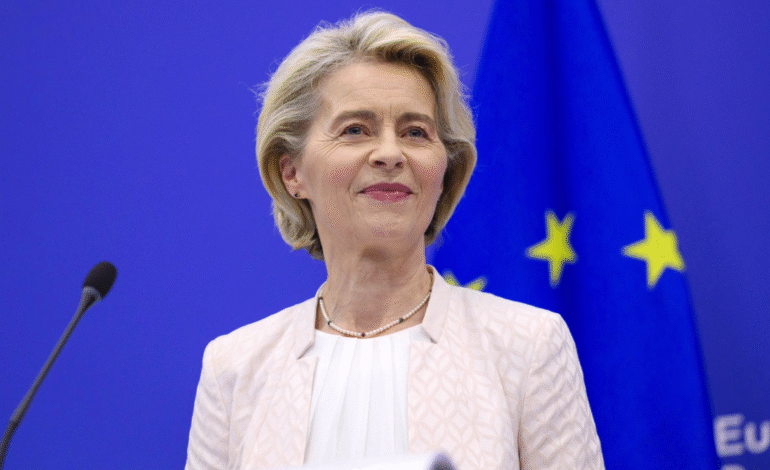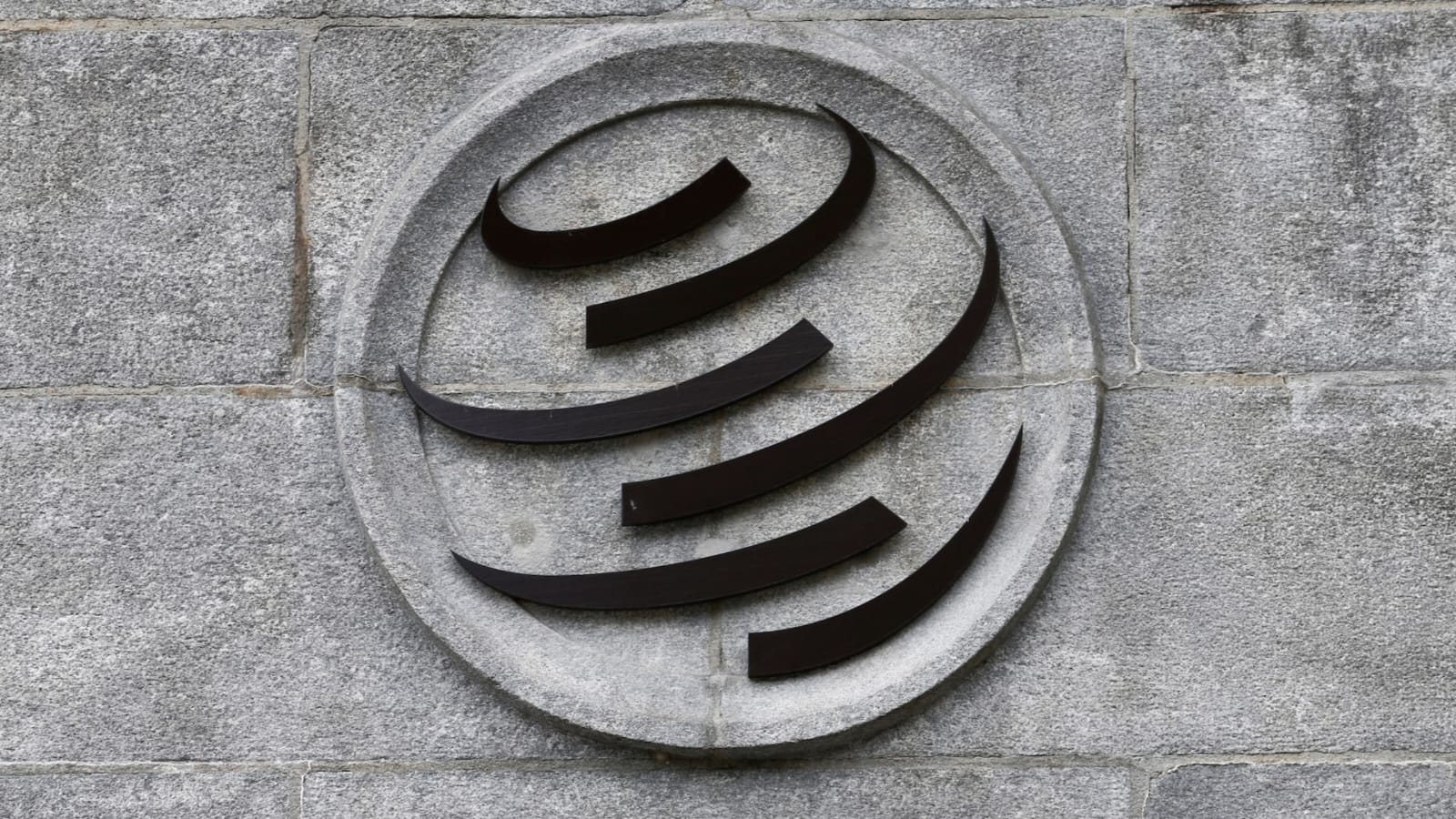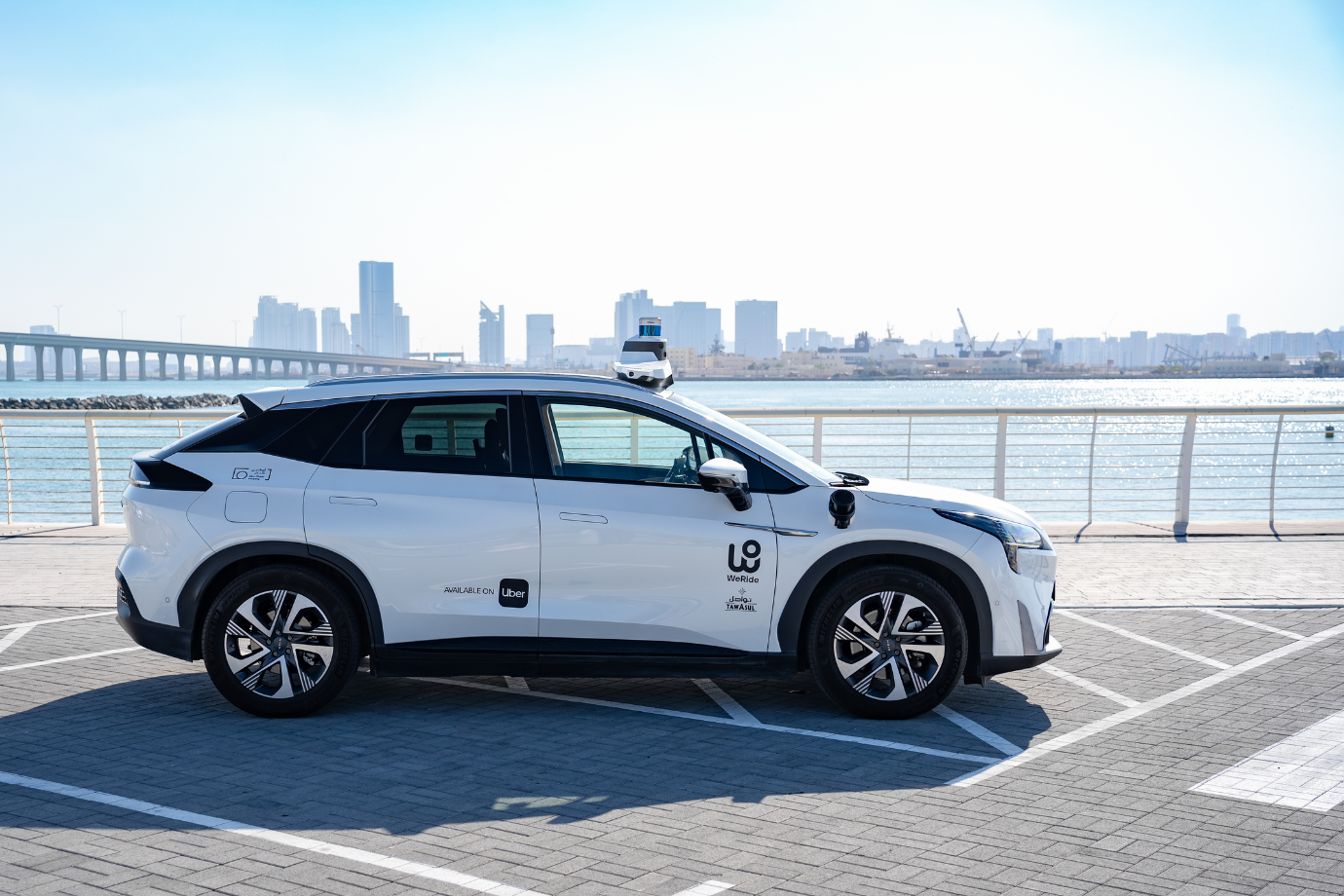Will The EU Take On A Bigger Role As Europe’s Defence Shield?

Recent developments in Europe’s defence landscape signal a historic shift. Britain and Germany are moving closer than ever, signing a defence cooperation agreement that ends a long history of rivalry. This strategic partnership highlights the possibility that the European Union (EU) may emerge as Europe’s primary defence shield, potentially replacing NATO in the near future. This article explores the implications of these changes, focusing on Europe’s evolving military alliances, defence spending, and geopolitical challenges.
Britain and Germany: From Historical Rivals to Defence Partners
For decades, Britain and Germany stood on opposite sides of major conflicts, a rivalry immortalized in British literature. George Orwell’s essay “Boys’ Weeklies” criticized adventure stories that featured German villains opposing British heroes. Writers like John Buchan, famed for The Thirty-Nine Steps, portrayed the indispensable British hero battling German adversaries, with characters such as the glamorous Hilda von Einem embodying the German threat.
Today, this narrative is changing dramatically. The recent defence cooperation agreement between Britain and Germany signals a new era where the two nations stand united, reshaping European defence and political landscapes. This partnership recalls rare historical moments of British-German alliance, such as the Battle of Waterloo when both countries fought side by side against Napoleon.
The Battle of Waterloo: A Historical Precedent for Cooperation
The Battle of Waterloo remains one of Europe’s most iconic military engagements. British and Prussian forces, despite their differences, united under the Duke of Wellington’s command to defeat Napoleon. Wellington’s famed command to his officers — “There are no orders, except to stand firm to the last man” — symbolizes unwavering unity in the face of adversity.
Communication and finance played critical roles during this battle. Henry Percy, Wellington’s aide, braved perilous waters to deliver news of victory, while financiers in London, such as Nathaniel Rothschild, capitalized on early intelligence, giving rise to the phrase “buy on the sound of cannons.” These historical lessons emphasize how information and capital continue to shape modern warfare and defence strategies.
Economic Realities Driving Defence Cooperation in Europe
Today’s geopolitical and economic landscape demands collaboration. Unlike the pre-World War I era, when Britain and Germany could afford to spend nearly 9% of GDP on naval armaments, current defence budgets are far more constrained. As a result, European nations must pool resources and expertise to meet security challenges effectively.
The recent NATO Summit marked a milestone with a collective commitment to increase defence spending to 5% of GDP. While ambitious, this pledge masks disparities in defence readiness across member states. Countries such as the UK, France, Poland, Greece, and the Nordic-Baltic states demonstrate high readiness and have boosted military budgets substantially. Poland’s strategic partnership with South Korea exemplifies its forward-looking procurement efforts.
However, some EU members like Italy and Spain lag in defence investment. Italy has controversially classified infrastructure projects as defence spending, while Spain has included less relevant expenses to meet targets. This uneven commitment challenges Europe’s ability to present a unified defence front.
Emerging Defence Priorities: Cybersecurity and AI
Europe’s 5% defence spending goal integrates traditional military expenditures and cutting-edge technology investments. Approximately 3.5% of GDP is allocated to conventional defence, while 1.5% focuses on cybersecurity and artificial intelligence (AI)-driven defence capabilities. This strategic mix acknowledges the evolving nature of modern warfare, where cyber threats and digital innovations pose significant risks.
The EU’s €150 billion lending facility for defence procurement, combined with up to €3 billion in European Investment Bank (EIB) loans, demonstrates a commitment to strengthening defence industries and infrastructure. Germany’s increased defence budget further supports these initiatives. However, private sector capital will be crucial to bridge the remaining funding gaps.
NATO’s Future: A Waning Alliance?
NATO’s role as Europe’s security guarantor faces increasing uncertainty. Changes in US defence policy, including decisions to withhold certain military aid to Ukraine, have cast doubt on the alliance’s reliability. Article 5 — NATO’s collective defence clause — has only been invoked once since its inception, and its effectiveness is now questioned amid shifting geopolitical realities.
European policymakers increasingly expect the EU to assume greater responsibility for defending the continent against threats, particularly from Russia. Intelligence agencies in Brussels are actively monitoring potential Russian incursions, reflecting concerns over Europe’s preparedness.
The EU as a Growing Defence Power
The EU is rapidly emerging as a major player in defence procurement and innovation. The recently released EU Defence White Paper outlines ambitions to enhance Europe’s defence industry, foster technological advancements, and introduce innovative financing tools such as “war bonds.” These measures aim to create a robust defence ecosystem capable of countering both traditional military threats and modern challenges like cyber warfare.
Europe’s geopolitical landscape is shifting towards increased self-reliance. This shift is essential in an environment where Europe may become one of the last bastions of democracy surrounded by autocratic powers, heightening the need for strong and integrated defence capabilities.
Revisiting Historical Parallels: Arms Races Then and Now
The renewed Britain-Germany collaboration recalls the arms race of the early 20th century, extensively documented in Margaret MacMillan’s The War That Ended Peace. Today’s global contest between the US and China echoes those past rivalries, underscoring the cyclical nature of military competition. Europe, in this context, seeks to maintain stability by focusing on regional security and avoiding entanglement in superpower conflicts.
Will the EU Replace NATO?
As the EU increases defence cooperation, spending, and strategic autonomy, many question whether it will supplant NATO as Europe’s primary defence framework. NATO’s legacy and existing military infrastructure remain formidable, with the US military presence a key factor in European security.
Yet, political uncertainties within NATO and shifting US priorities create an opportunity for the EU to assume a larger role. Enhanced military partnerships within the EU, including Britain and Germany’s alliance, reinforce the potential for a more integrated European defence architecture less reliant on transatlantic support.
The future of European defence will likely involve a balance between NATO’s capabilities and growing EU initiatives, requiring continued investment, political consensus, and adaptation to emerging threats such as cyber warfare and AI.
Implications for the UAE and Middle East
For the UAE and the broader Middle East, Europe’s defence evolution carries significant strategic implications. As the EU seeks greater military autonomy, new opportunities for diplomatic and economic partnerships arise. The Middle East’s security environment remains linked to European stability, making these developments vital for regional actors seeking to deepen alliances with European nations.
Europe’s defence modernization also opens avenues for defence trade, technology transfer, and joint security initiatives that could benefit Middle Eastern countries. Keeping abreast of these changes is crucial for policymakers and investors interested in the geopolitics of security and defence cooperation.







